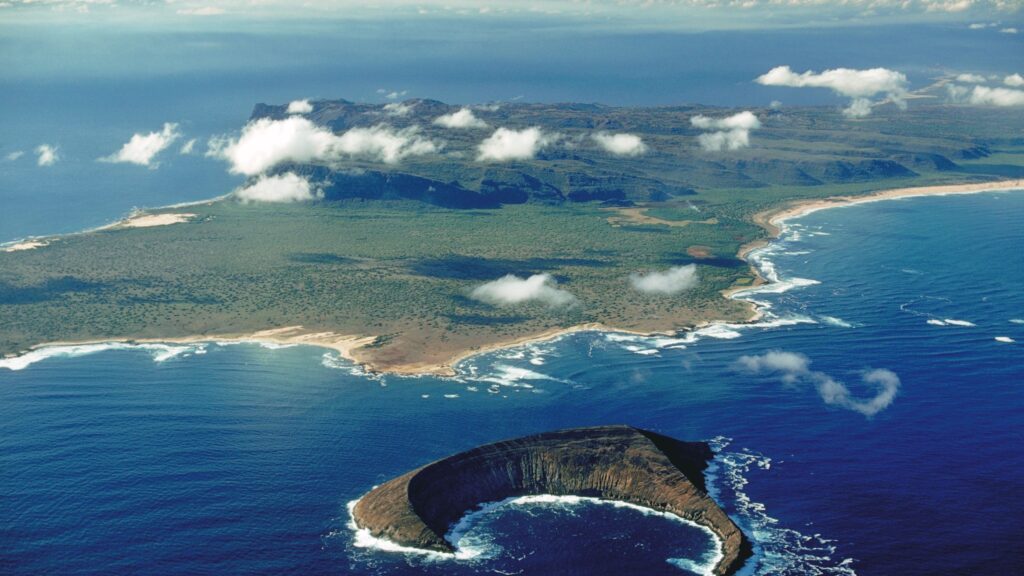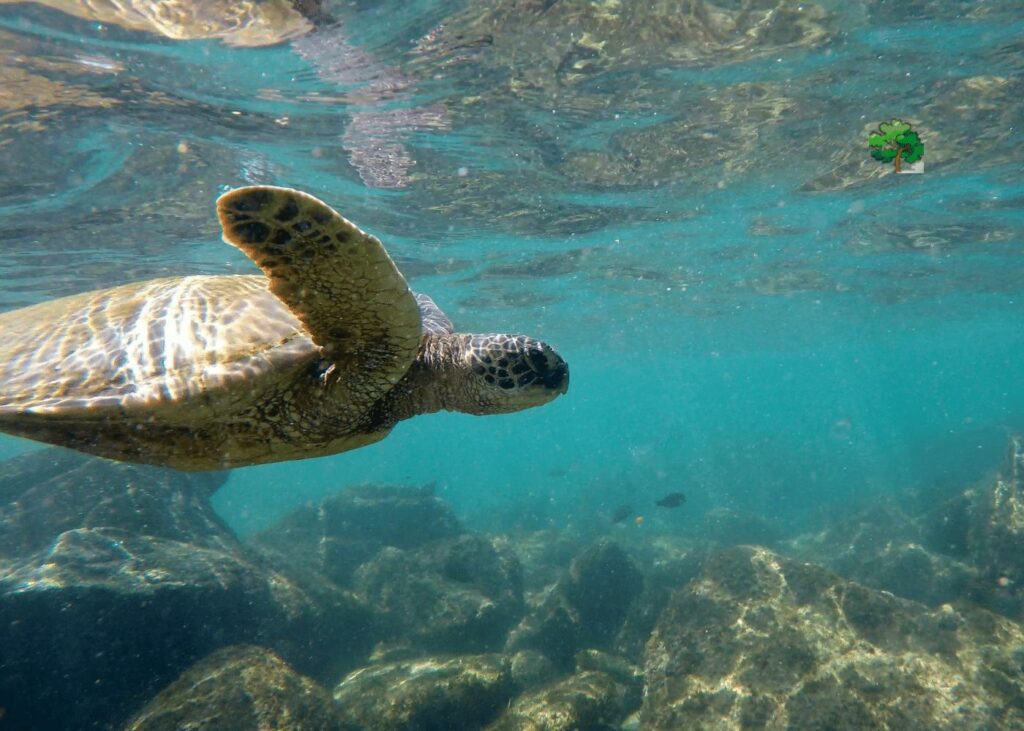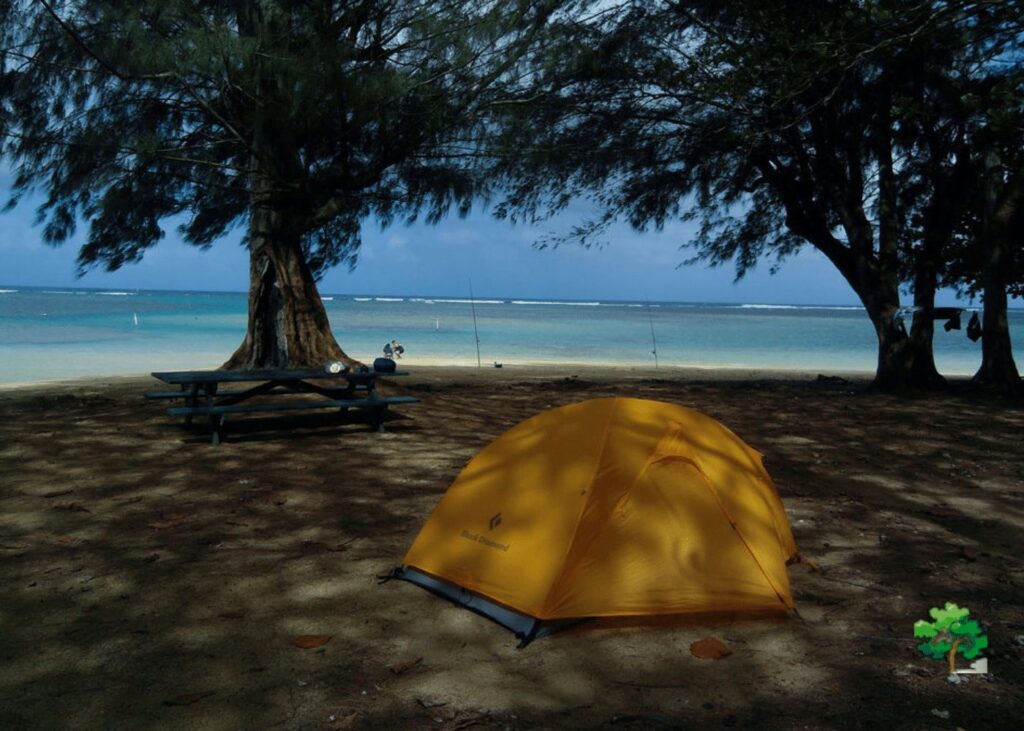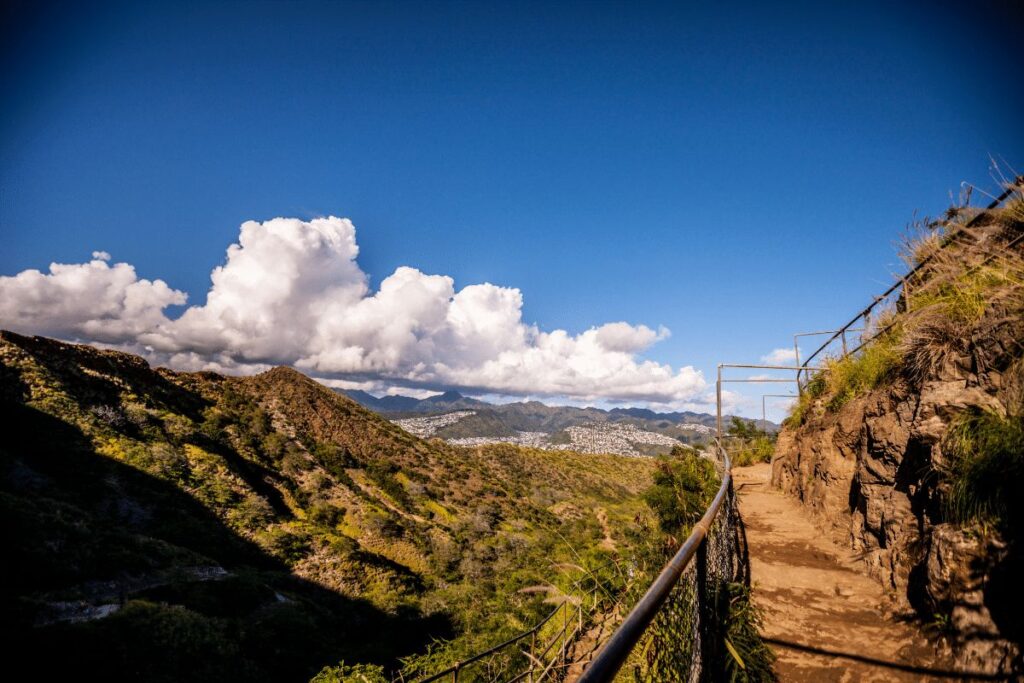Unveil the secrets of Hawaii's Forbidden Niihau Island with 9 mind-blowing facts! Explore its enigmatic history and unique culture.
In the heart of the Pacific, there lies a place shrouded in enigma: Niihau Island.
Often referred to as “The Forbidden Isle”, its tales of intrigue have captured imaginations worldwide.
This is not just another Hawaiian paradise. It’s an island steeped in cultural significance, with history that interweaves discovery, war, and a unique Hawaiian way of life.
The island has been privately owned by the Robinson family since 1864. Only family members and invited guests are allowed to visit. Even today, the traditional dialect of Hawaiian is still spoken on the island.
As you journey with us, prepare to unveil four astonishing secrets of Niihau. Secrets that remain unknown to many, until now.
Join us, as we venture into a realm few have had the privilege to explore. Welcome to the mysterious world of Niihau Island.
Niihau Island Geography: Where Mystery Meets Beauty
Nestled in the vast Pacific, the Island of Niʻihau (/niˈiːhɔː/), previously spelled as Niihau, remains a realm of enigma and unparalleled beauty.
Known as “The Forbidden Island,” it stands as a testament to untouched nature and guarded heritage within the archipelago of Hawai’i.

Location & Size
Niʻihau, the westernmost of Hawaii’s inhabited islands, is located approximately 18 miles (29 km) west of Kauaʻi.
Close to its shores, the diminutive and uninhabited Lehua island can be seen, barely 0.75 miles (0.80 km) to the south.
With a sprawling area of 69.438 square miles (180 km^2), Niʻihau holds its place as the seventh-largest inhabited Hawaiian island.
Coastlines and Beaches
Niihau’s shores are a haven for those in search of tranquillity. The beaches are often characterized by golden sands, interrupted occasionally by rugged outcroppings of rock.
The island is also renowned for its unique Niihau shells, tiny, colorful sea treasures that are sought after by collectors and artisans alike.
These shells, washed ashore by the gentle waves, are emblematic of the island’s delicate balance between mystery and beauty.
Inland Waters
Halulu Lake, a significant water body on Niihau, holds the distinction of being Hawaii’s largest lake when it’s full. However, it’s not always brimming.
The lake’s water levels can fluctuate dramatically, transforming it from a vast expanse of water to just a modest pond during drier times.
Flora and Fauna
Though Niihau’s arid climate doesn’t support as diverse a range of flora as some other Hawaiian islands, it possesses its own unique ecosystem.
The island serves as a sanctuary for many endangered species. It’s home to the rare and endangered Hawaiian monk seal, which can often be spotted lounging on its shores.
Birds like the Niihau Millerbird and the Great Frigatebird also grace the skies and lands of this isolated paradise.
A Realm Untouched
Perhaps what sets Niihau’s geography apart the most is its lack of modern development.
There are no bustling towns, no paved roads cutting across the land.
Instead, the island whispers tales of an ancient Hawaii, a place where nature remains predominant, and human footprints are minimal.
A sneak peak: The geography of Niihau Island is a symphony of contrasts. Arid landscapes bloom with their own unique life, and tranquil beaches hint at deep, untold mysteries.
Niihau stands as a testament to nature’s ability to create beauty in the most unexpected places, reminding us of the wonders that lie just beyond the horizon, waiting to be discovered.
The Enchanting Discovery of Niihau Island
Niihau Island, often referred to as the “Forbidden Isle,” stands as a beacon of historical intrigue and unspoiled beauty in the Hawaiian archipelago.
Its tale of discovery is intricately woven with global explorations and the enduring spirit of human curiosity.
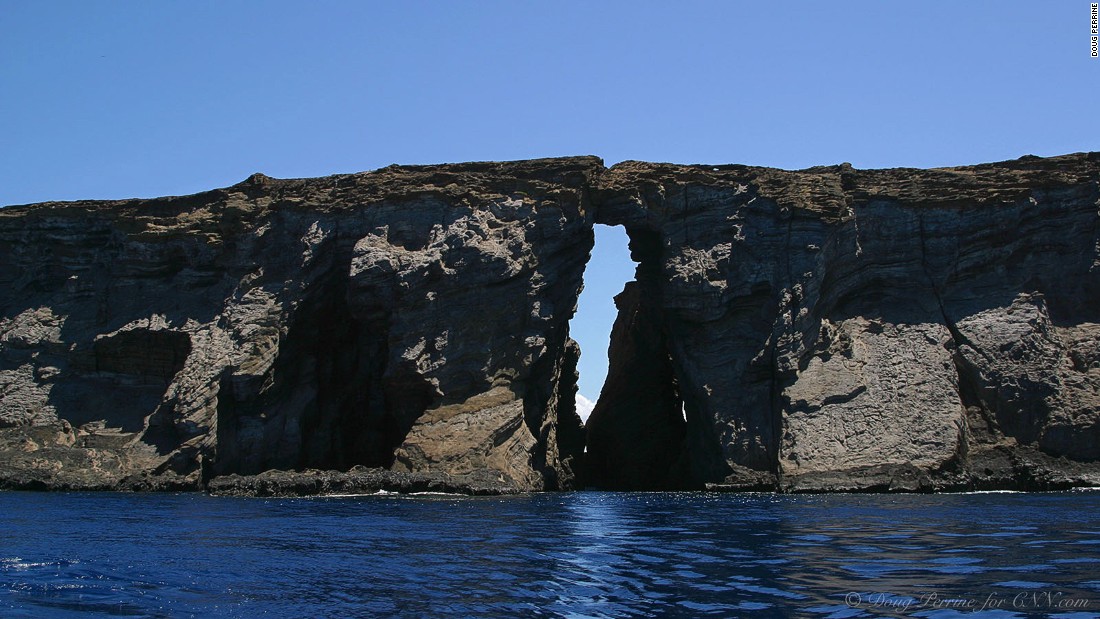
Although it’s believed that the Polynesians were the early settlers of Niihau, the island first graced European eyes on February 20, 1778.
It was during this time that the famed Captain James Cook, while aboard the HMS Resolution, glimpsed the island’s shores. Cook’s observation marked a preliminary European acknowledgment of Niihau.
Yet, it was British captain George Vancouver, during his 1791-95 expedition around the world on HMS Discovery, who is credited with its official discovery.
The significance of Niihau, however, does not merely lie in its geographical exploration. While the great King Kamehameha I managed to conquer the majority of the Hawaiian Islands, Niihau eluded this unification.
In a twist of fate, the island transitioned to private ownership under the Robinson family in 1864, setting it on a unique trajectory. This unparalleled ownership ensures the island’s preservation and cultural sanctity.
Currently, under the conscientious stewardship of Bruce and Keith Robinson, Niihau’s ethos remains intact. Residency on the island is a privilege, extended only to relatives of current inhabitants and a select few invited guests.
These distinctive historical events accentuate Niihau’s aura. The stories of its discovery by prominent sea captains, its unique position outside the conquests of King Kamehameha I, and its continued legacy under the Robinson family paint a vivid picture.
Here lies an island untouched by time, where age-old traditions coexist with the select modernity introduced by its guardians.
In essence, Niihau Island isn’t just a geographical marvel but also a repository of tales that span centuries.
Amidst the vast Pacific, it whispers legends of discovery, legacy, and preservation, inviting those fortunate enough to listen.
Venturing the Unknown: Attempted Visits to Niihau Island
The allure of the forbidden has always drawn the human spirit, and the mystique surrounding Niihau Island is no exception.
Touted as the “Forbidden Isle” for much of its history, Niihau has ignited the imaginations and ambitions of many, leading to some audacious attempts to breach its secluded shores.
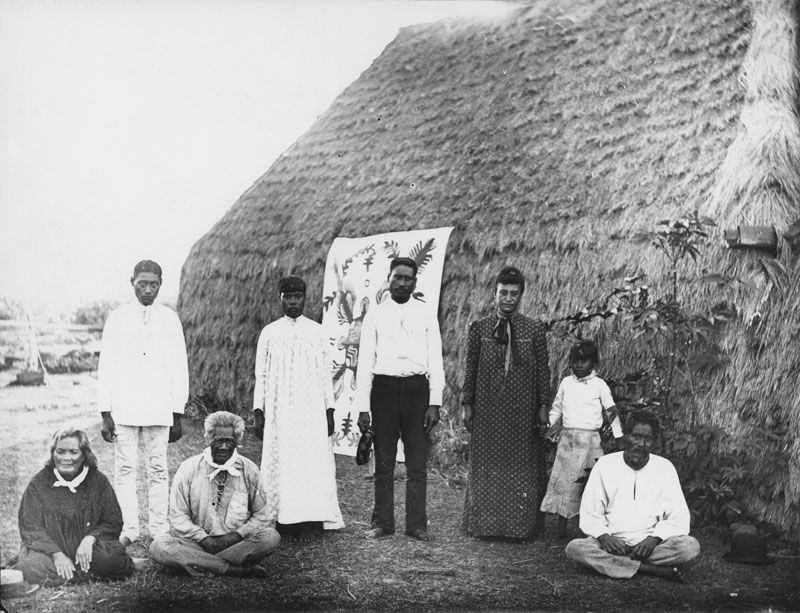
One of the most notable attempted incursions occurred in 1922. Driven by a desire to establish a colony, two men and a woman endeavored to land on the island.
The woman, Thalia Massie, was not just any traveler. She was the daughter of a respected Navy admiral.
While their dreams of colonization met staunch resistance from the local populace, causing them to retreat, the aftermath of this failed endeavor took a dark turn.
Massie accused a Hawaiian man, Joseph Kahahawai, of a grave crime – rape. This led to a harrowing sequence of events where Kahahawai was abducted and brutally murdered by Massie and her husband.
The ensuing trial, filled with racial undertones and media frenzy, was a cauldron of controversy. Though the jury failed to reach a unanimous verdict, the Massies found clemency in a pardon from the governor, forever leaving an indelible mark on the annals of Niihau’s history.
Nearly five decades later, in 1969, the island witnessed another audacious venture. Two men, driven by a radical intent to topple the Hawaiian government, sought to make Niihau their base.
However, much like earlier attempts, they were met with unyielding resistance from the island’s inhabitants. Yet, failure on Niihau was not the end for one of the intruders, Pierre Omidyar.
In a remarkable twist of fate, Omidyar pivoted from his insurgent ambitions and channeled his energies into entrepreneurship.
He went on to establish the online marketplace behemoth, eBay, and is celebrated today as an exemplary entrepreneur and philanthropist.
These attempted visits, each with its unique narrative and ramifications, serve as a testament to Niihau’s enigmatic pull.
They underscore the island’s enduring allure and its capacity to shape destinies, be they marred by controversy or crowned with success.
Niihau Island’s Deep-Rooted Hawaiian Cultural Significance
Niihau Island, often heralded as the “Forbidden Isle,” is not just a geographical entity but a profound repository of authentic Hawaiian culture.
As one ventures into the stories and customs of Niihau, the island reveals itself as a bastion of traditions that many parts of Hawaii have lost to modernity and globalization.
Central to Niihau’s cultural significance is its language preservation. While the Hawaiian language has witnessed a decline in other parts of the archipelago, in Niihau, it thrives as the primary spoken language.
This linguistic purity has made the island a valuable touchstone for scholars and enthusiasts wanting to study the language in its most undiluted form.
Moreover, the island’s isolation has safeguarded its ancient customs. Celebrations, dances, and chants that have been practiced for centuries continue to resonate across the island, passed down through generations.
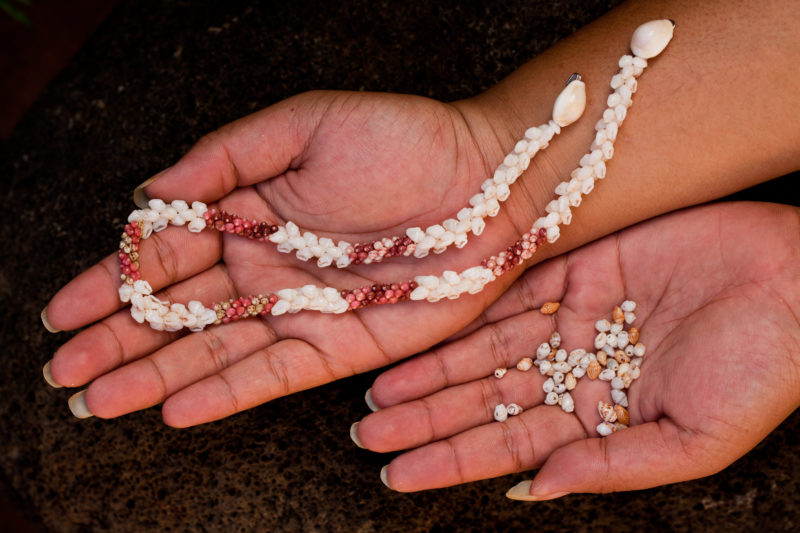
The art of lei-making from Niihau shells is particularly noteworthy. These leis, made with delicate shells found only on the island’s shores, are not just items of adornment but emblematic of the island’s unique ecosystem and its bond with the inhabitants.
The island’s spiritual essence is also deeply tied to its landscapes. Ancient Hawaiians believed in the power of ‘mana,’ a spiritual force residing in people and places.
Niihau, with its untouched terrains and undisturbed sanctity, is said to possess a potent ‘mana,’ making it a spiritual anchor for those who understand its depth.
Furthermore, the community’s approach to land and resources reflects an age-old Hawaiian philosophy of ‘malama ‘aina,’ or caring for the land.
Instead of exploiting resources, Niihau residents live in harmony with nature, practicing sustainable methods that echo the wisdom of their ancestors.
Niihau Island is a living museum, an embodiment of true Hawaiian culture. While the world races ahead, Niihau remains rooted, preserving the legacy of a civilization, its language, arts, and spiritual beliefs. It’s a poignant reminder of the importance of holding onto one’s cultural identity amidst the sweeping tides of change.
Niihau Island in WWII: The Unexpected Invasion
Amidst the throes of World War II, on the morning of December 7, 1941, the world witnessed the shocking Japanese onslaught on Pearl Harbor.
While the devastation rattled the entire nation, the inhabitants of Niihau Island, a peaceful dot off Hawaii’s coast, would soon find the war on their very doorsteps in a most unexpected twist.

Shigenori Nishikaichi, one of the Japanese pilots participating in the Pearl Harbor offensive, found himself crash-landing on Niihau after his plane sustained damage.
With the horrors of the attack still fresh, his sudden appearance on this remote island amplified the already prevailing terror.
It wasn’t long before Nishikaichi, realizing his vulnerable position, took drastic measures. In an attempt to control his circumstances, he proceeded to hold an entire village hostage, intensifying the climate of fear and suspicion.
However, amidst this chaos, the indomitable spirit of Niihau’s residents rose to the fore. Two intrepid men from the island, including Yoshio Harada, confronted the foreign pilot.
The intense standoff that ensued witnessed both bravery and strategy as the duo managed to disarm Nishikaichi, putting an end to the immediate threat by eventually overpowering and killing him.
For his exemplary valor, Yoshio Harada was awarded the Purple Heart, a symbol of the sacrifices made and the bravery exhibited during such critical junctures.
Through their quick thinking and undying spirit, Harada and his compatriot ensured Niihau remained untouched by the war’s direct impact, even in its most testing moment.
The incident stands as a poignant testament to the resilience of the human spirit, demonstrating that even amidst global conflicts and unexpected invasions, the courage of a few can uphold the safety and honor of many.
The “Forbidden Isle” of Niihau not only survived the unexpected brush with WWII but also showcased a heroism that continues to resonate in history.
The Niihau Island Enigma: Its Uncertain Population
In the vast expanse of the Pacific Ocean lies Niihau, a secluded island draped in mystique, particularly surrounding its population.
While it’s estimated to be the abode of a few hundred souls, the true number of its inhabitants remains an enigma.
Since the Robinson family, the island’s private owners since 1864, aren’t obligated to disclose population figures, and with residents frequently moving to and fro, pinning down an exact number proves elusive.
A prevailing estimate suggests that the real count of Niihau’s permanent residents might be as low as 70.

Historically, Niihau has been the cherished home of Native Hawaiians for centuries. This legacy, combined with the Robinson family’s stewardship, has established a unique residency norm: only members of the Robinson lineage enjoy the privilege of full-time residence.
For all others, Niihau remains a fleeting experience, merely a visitation. This distinctive approach to habitation further deepens the intrigue around the island’s true population, ensuring Niihau’s status as one of the Pacific’s most beguiling mysteries.
25 Fascinating Insights into Niihau Island
- Niihau’s Remarkable Acquisition: In the 1860s, Niihau was acquired by Elizabeth Sinclair for a price of $10,000. Interestingly, this entire sum was paid in gold. This transaction is not just a testament to the island’s perceived value back then, but also an insight into the era’s commerce practices.
- Origins of the “Forbidden Island”: The island received its distinctive title during a devastating polio outbreak. To safeguard its inhabitants, a strict quarantine was imposed. Over time, this protective measure transformed into a moniker that highlighted Niihau’s isolation and exclusivity.
- Niihau’s Living Heritage: Unlike other Hawaiian islands modernized over the decades, Niihau remains a genuine bastion of ancient Hawaiian customs. Its isolation has inadvertently preserved traditions and ways of life that are reminiscent of a bygone era.
- Treasured Niihau Shells: The island is home to unique shells not found anywhere else. These shells, known for their intricate beauty, are used in crafting exquisite jewelry pieces. Niihau shell jewelry, with its delicate artistry, is sought after worldwide.
- Halulu Lake – Hawaii’s Largest: Spanning a considerable portion of Niihau’s landscape, Halulu Lake stands as the largest lake in the entire Hawaiian archipelago. Its presence adds to the island’s ecological and geographical significance.
- The Enigma of Niihau’s Population: Official numbers are hard to come by. However, several sources posit that the population might be dwindling, with some estimates placing it as low as 70. The island’s isolation and adherence to tradition play a role in this demographic mystery.
- Nature’s Playground: Animals on Niihau have a unique privilege. In the absence of restrictive fences or barriers, livestock and wildlife coexist, wandering the vast landscapes freely, representing a coexistence lost in many modern societies.
- The Codes of Niihau: Respect for traditions is paramount. Consequently, a strict code of conduct binds visitors, ensuring that the island’s customs remain undisturbed and its sanctity preserved.
- Eco-Friendly Education: The island’s school stands out not just for its curriculum centered around tradition, but also for its commitment to sustainability. It’s the only school in Hawaii entirely powered by solar energy.
- Linguistic Preservation: Niihau is a stronghold of the Native Hawaiian language. It’s the only place where this ancient tongue is spoken more than English, ensuring the linguistic heritage remains uneroded.
- The Prestige of Invitation: The island is not a regular tourist spot. To visit, one needs a personal invitation, making every trip to Niihau an exclusive and cherished experience.
- Niihau’s Glimpses: While personal invites are rare, the island isn’t completely off-limits. Organized tours, like helicopter trips and hunting safaris, offer outsiders structured, respectful insights into this secluded paradise.
- Dwelling Debates: While the Robinson family owns the island, the question of permanent habitation remains. Some sources argue against the presence of full-time residents, while others vouch for a close-knit, albeit small, community.
- Continued Robinson Stewardship: Ownership has remained with the Robinson lineage, ensuring that Niihau’s traditions and the owners’ vision for the island remain consistent through the generations.
- Freedom with Conditions: Islanders can, in theory, leave Niihau. However, returning might come with conditions, reflecting the island’s insular nature and protective approach.
- Isolated Yet Connected: Despite the traditional lifestyle, some modern amenities, like phones, are present, albeit primarily for emergencies.
- Consequences of Intrusion: Niihau’s exclusivity is strictly maintained. Unauthorized incursions can lead to severe legal repercussions, underlining its protected status.
- The Allure of the Forbidden: The very fact that Niihau is hard to access only enhances its allure. However, those who act on this allure without permission risk severe consequences.
- Sustenance on Niihau: The island is largely self-sustaining, with fishing and farming being the mainstays. Yet, certain essential items, reflecting a blend of autonomy and reliance, are imported.
- Unsolicited Voyages: Turning up unannounced is not just discouraged but can be perilous. The island’s protectors are staunch about maintaining its safety and traditions.
- Earning an Invite: Getting to Niihau isn’t about money or influence. Building genuine relationships with inhabitants or securing the Robinson family’s trust are among the few avenues to
To Conclude
Niihau Island, often dubbed the “Forbidden Island,” stands as a captivating blend of history, mystery, and undisturbed beauty in the vast Pacific.
With its deep roots in Hawaiian tradition, it offers a rare glimpse into a world relatively untouched by modernity.
Its unique regulations, ownership, and the stories embedded in its sandy shores make it more than just an island; it’s a time capsule of ancient Hawaiian life.
A visit, whether through exclusive invitation or guided tours, promises an experience unparalleled by any other destination.
As the world races forward, Niihau remains a serene testament to the timeless allure of nature and heritage.
Please comment below, so I can add to this article facts and mysteries that I have missed out on. Thanks for your support!!

